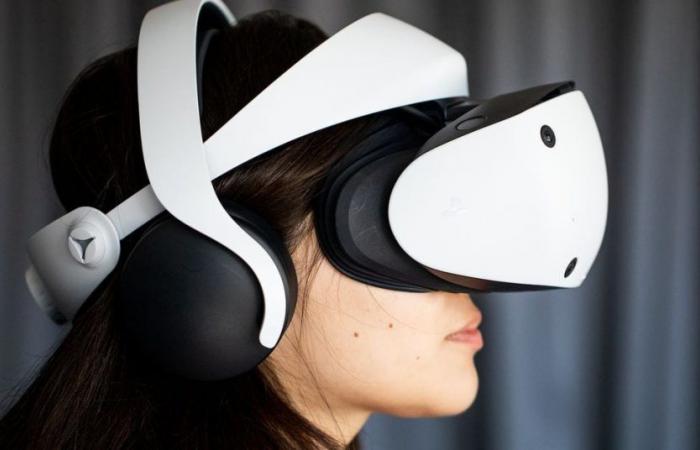The virtual reality and augmented reality market is not doing as well as expected. The latest DSCC report marks a downward revision of growth estimates, which fall to 12% for 2024. A decline that has a lot to do with the stop in production of PS VR2, but which also depends on other factors and follows two main trend lines.
Let’s take a look at the data released so far by analysts.
Estimates falling
As mentioned, the report predicts that AR/VR headset display shipments will increase 12% year-over-year in 2024. DSCC revised its estimates down because analysts do not believe the previously forecast 19 million units will be reached.
The two trends we were talking about at the beginning are:
- on the one hand, the arrival of Apple Vision Pro was less impactful than expected, given that the Apple headset has generated many titles around the world, but has not stimulated sales of more affordable VR headsets such as the Meta Quest 3; so much so that even sales of PS VR2 have slowed down considerably due to the lack of new games for the platform, with Sony deciding to put production on hold;
- On the other hand, DSCC is counting on Meta to introduce a new entry-level headset to replace the Quest 2, still with a single LCD panel configuration instead of moving to a dual-panel setup as seen in other headsets: Meta’s decision, given its dominant share, will have a significant impact on total panel shipments.
In addition to the 2024 estimates, the long-term five-year forecast has also been revised to slower but steady growth. However, AR/VR is still expected to be one of the fastest-growing segments for the display industry. In the chart above, you can see the estimates, with VR and AR video passthrough (Mixed Reality) grouped into one category because they are based on the same type of headset; AR see-through includes waveguide smart glasses, as well as ‘Smart Viewers’ like the XREAL Air 2.
But let’s get to the money: DSCC expects VR panel revenues to reach $781 million in 2024. Silicon OLED (SiOLED or OLEDoS) revenues will see a significant increase not only thanks to Apple Vision Pro, but also thanks to the upcoming Samsung/Google headset, which will be based on SiOLED. On the other hand, Sony’s decision to suspend production of the PS VR2 will not be painless and will result in an 83% year-on-year drop in AMOLED revenues in 2024: production should resume after Sony clears inventory, but the lack of new games for the headset does not bode well.
What do you think about this situation? Do you still believe in Sony’s virtual reality or do you think Meta’s dominance is unstoppable? Let us know in the comments below.






